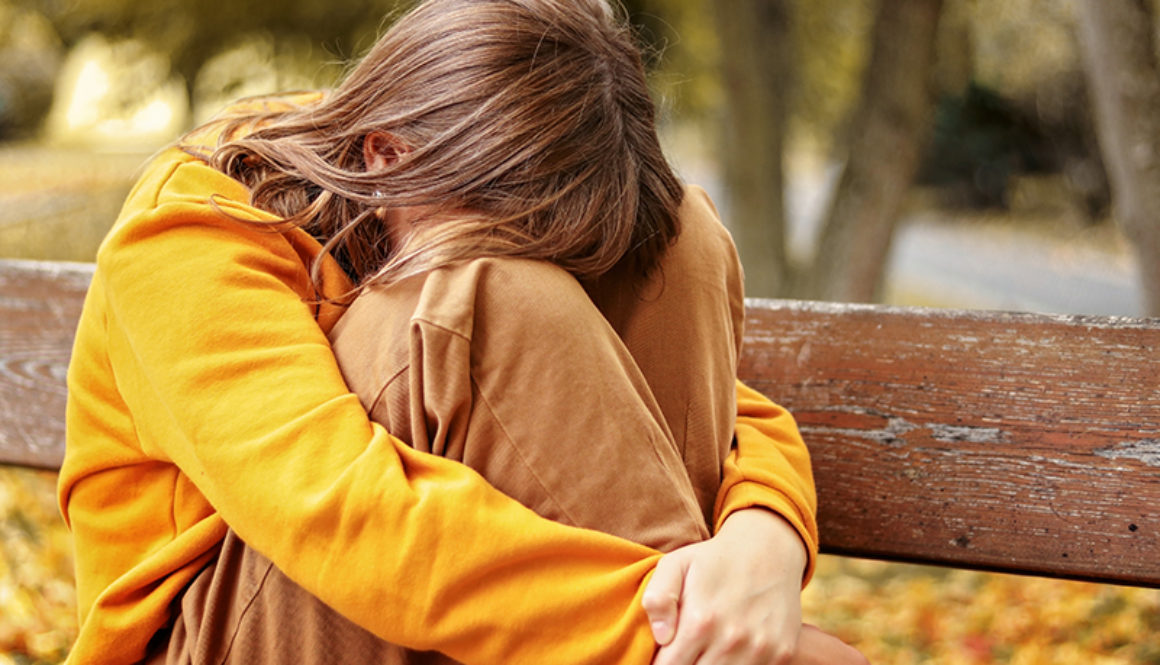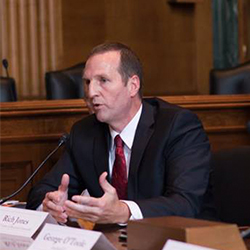No More Stigma
We constantly hear phrases like “no more stigma” and we hear people talk about “stamping out the stigma”.
For the last 10 years, especially the last 5 years, the amount of attention placed on substance use disorders in public sphere has been startling. At least when compared to the previous 200 years when we refused to even acknowledge substance use disorders existed.
Of course, much of this has been fueled by the attention placed onto the “opioid epidemic”.
We must acknowledge that the attention is driven by the fact that a great percentage of these deaths are young white middle class kids. This is tragic given the devastation substance use disorders have wrought for decades in our minority communities. Furthermore, the issue goes way beyond opioids.
Alcohol kills 88,000 a year and overdoses on other substances are climbing as well.
But the fact remains. We are in an era of unprecedented recovery events and stigma reducing initiatives are common place. We have rallies in the park, we have marches on the capital, we have documentaries, we have Facebook pages, we have celebrities speaking out, and we have massive concerts for recovery.
Therefore, a couple of obvious questions come to mind:
1) What is stigma in general and how does it apply to people with substance use disorders and their families?
Stigma is “an attribute, behavior, or condition that is socially discrediting.” (E. Goffman, Stigma; Notes on the Management of Spoiled Identity (New York: Simon & Schuster, 1986).
Stigma develops and takes root “when elements of labeling, stereotyping, separation, status loss, and discrimination co-occur in a power situation that allows the components of stigma to unfold.” (B.G Link and J.C. Phelan, “Conceptualizing Stigma,” Annual Review of Sociology 27 (2001): 363–385, at 367).
In order for stigma to take shape there has to be an “in-group” that can define the behavior of the stigmatized group or the “out group” as deviant. You can not have abnormal behavior if you do not have “normal” behavior.
The in-group will identify socially undesirable characteristics or behaviors as being unacceptable and justification for the stigmatization and discrimination of the group.
As time goes by the attitudes of the in-group toward the out-group become ingrained and encoded at level where the stigmatizing attitudes are automatic for those within the in-group. As if they are not even aware of the discriminatory or stigmatizing behavior.
It is just there and it guides all interactions, policies, and attitudes toward the stigmatized group.
When we look at this operational definition of stigma it is easy to see how it applies to people with substance use disorders. For all of history people with substance use disorders have been “socially discredited”.
Getting locked away in insane asylums, the criminalization of substance use disorders, inadequate insurance coverage, the acceptance of a failed treatment response, and the denial of equal opportunity housing and employment are all examples.
In addition, all the elements of shaping stigma are present where substances use disorders are concerned. Labeling of those with substance use disorders is extensive and degrading.
Of course, we have the official diagnostic labels which we all acquire if we seek help. They stay with us in our “permanent record”.
But even worse are the unofficial labels. Labels we frequently give ourselves: drunks, junkies, alcoholics, addicts, pot-head, meth-head, crack-head. The more we say these the worse picture we paint of ourselves and the more marginalized we become.
Stereotypes run rampant. The stereotype of the dude with the brown paper bag, the guy robbing the liquor store and on and on.
The in-group that promulgates the stigma is extensive and wide ranging in terms of membership. Obviously, people who do not have a substance use disorder tend to judge those that do. There is a default setting that substance use disorders are a choice.
Policy makers and government officials certainly support the moral model as the intervention of choice is incarceration.
However, what is even more interesting are some of the other in-group members. Healthcare workers, educational workers, and even treatment professionals conduct themselves as an in-group. Derogatory comments and negative attitudes are more commonplace than you may think among these helping professions.
Perhaps the most stunning source of stigmatizing behavior comes from recovering people themselves.
A strange phenomenon of punishing language and labeling exists within recovery rooms. Indeed, some of the time the recovery experience is peppered with confrontation and demeaning interactions.
All of this adds up to a firmly entrenched stigma toward those struggling with substance use disorders. In addition, family members of those with substance use disorders endure the stigma in their lives.
No one brings a casserole when your loved one is diagnosed with a substance use disorder.
2) Are the stigma reduction efforts working? Have we made any progress?
Clearly these are subjective questions. I believe we have made progress in terms of reduction in shame and overall awareness of substance use disorders and recovery. Our willingness to more open about our recovery is paying dividends.
In addition, when people with high social status (for example: celebrities) come forward as part of the stigmatized group significant progress is made.
Despite this progress, the stigma surrounding substance use disorders and people in recovery remains very strong. Around 60% of Americans believe substance use disorders are a choice.
A World Health Organization study across 14 countries found that drug addiction ranked number 1 among the 18 most stigmatized social problems, including criminal behavior.
Fear and shame keep many people from seeking help. Family members dealing with a loved one’s addiction live in a place of shame and embarrassment. In addition, public policy and the actions of the powerful “in-group” continue to capitalize on the stigma.
For example, our systemic response to substance use disorders remain an abject failure and this failure is accepted by the public because of stigma. Another example, think about insurance reimbursement and the criminal behavior of some insurance companies.
These institutional behaviors only fly in a world where most people think substance use disorders are a moral issue.
3) What else can be done to reduce stigma?
I don’t think awareness events alone are going to end stigma. No concert, or rally, or community forum will end stigma. I think recovering people and their families are going to end the stigma.
One to one. In the home. In the community. In school. In church. In the workplace.
We must also remember that the way we talk about selves, and the way we conduct ourselves, and the way we interact with the world outside can make all the difference. Social media allows us to put our recovery message on public display. That can be very helpful, but it can also be very counterproductive.
We have to be thinking about the everyday person out there who we may be able to touch. If your goal is to change stigma, maintaining awareness of how the message “plays in world” is very important.
People are watching and they are watching with the default setting of “see those addicts are losers ”.
Of course, I’m saying this to myself as well. We have a very serious responsibility. We need a new public relations plan. We need to re-brand ourselves. Stop separating ourselves from the rest of society.
All of this pre-supposes that you think we need change. If you think the “status quo is working just fine” then none of this will make any sense to you.
If you think 160,000 preventable deaths a year indicates a failed approach. Then perhaps this will make sense.
Most people outside of the “recovery bubble” care little about addiction and/or the “epidemic” until it hits them in the face. We spend most of our time preaching to the choir. Our rallies and our conferences and our events are made up of “all of us” and our “treatment allies”.
Our celebrity advocates are all people in recovery and that’s admirable on one hand. Limiting on the other hand. All our public actions are like big giant “closed” meetings.
Look at an example on the other end of the spectrum:
The AIDS movement made progress when people not directly impacted by AIDS (example—celebrities like Princess Diana) became compassionately involved.
We separate ourselves from the rest of humanity by the way we talk (“addictive thinking”, “normies”, “earth people”, “one of us”, etc…).
We put ourselves in a separate box. Our secret knowledge and the knowledge of our secrets.
Substance use disorders thrive as we isolate ourselves. Our “public health response” to this epidemic has failed miserably but nothing changes because the general public could care less until it hits them in the face.
Then they come into our bubble and join the isolation. We will never move the needle on stigma reduction, policy change, practice change etc… until the everyday person out there supports our cause





